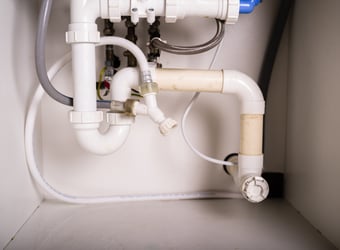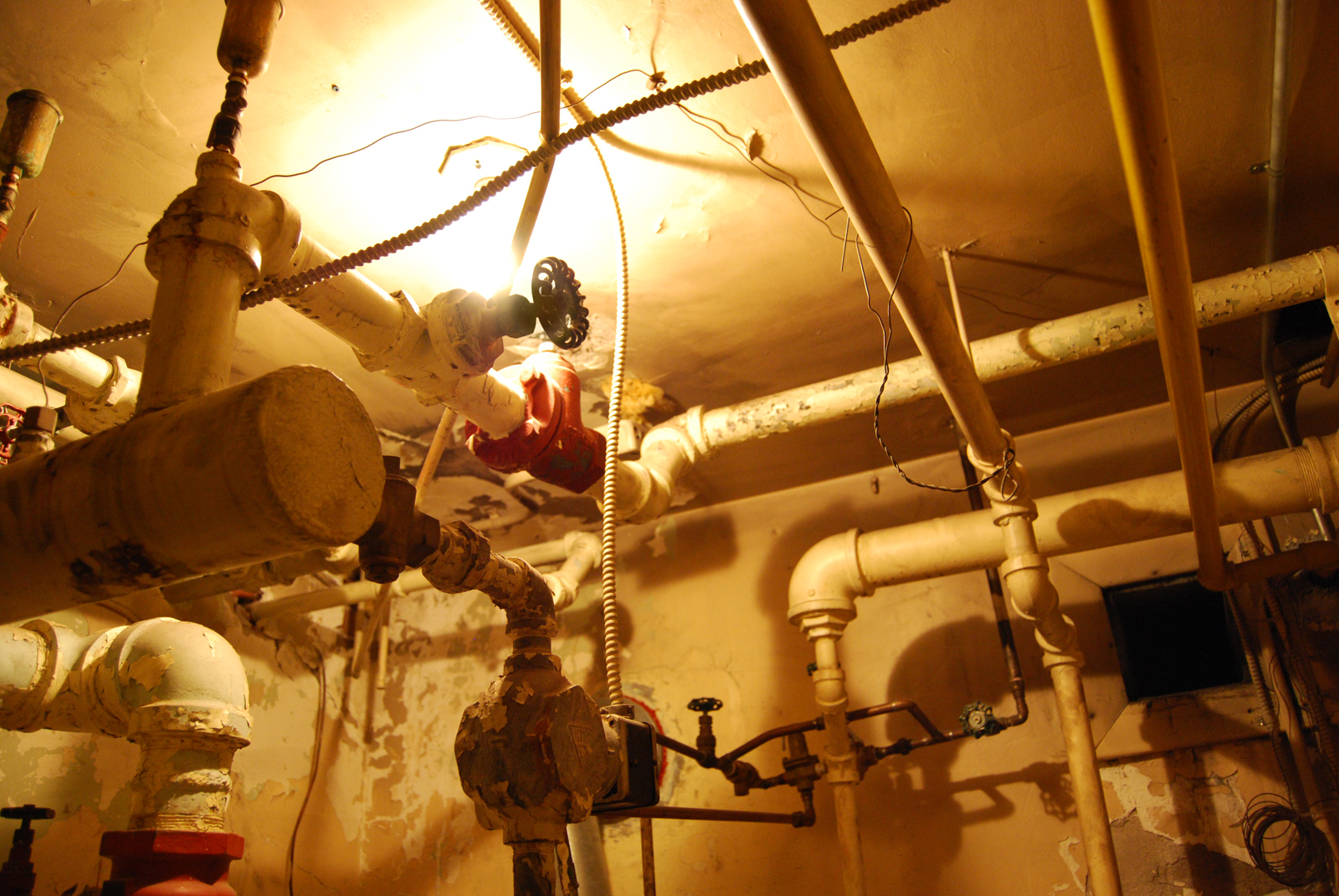Do you find yourself looking for ideas around How can you handle tenant plumbing issues effectively?

Handling plumbing issues in rental buildings effectively is essential for keeping tenant contentment and protecting the residential or commercial property's worth. Whether you're a landlord or a property supervisor, understanding just how to resolve these common issues can conserve you money and time while making sure compliance with legal duties. Below's a step-by-step guide on exactly how to manage pipes issues in rental homes.
Record Everything
Keep comprehensive records of all reported pipes problems and the activities required to settle them. Documentation should include dates, descriptions of the issue, communication with occupants, and invoices from service providers or plumbers. This information can be critical for insurance claims, tax reductions, and lawful defense.
Usage Qualified Professionals
Constantly make use of qualified and insured specialists for substantial pipes fixings and installments. This makes certain that the job depends on code and can assist prevent obligation problems in case of accidents or further damages. It additionally comforts lessees that fixings are being handled expertly.
Establish Clear Communication
Urge occupants to report any type of plumbing issues as quickly as they take place. Supply several communication channels such as phone, email, or a tenant site to make it very easy for them to reach out. Prompt feedbacks to these records can stop minor issues from escalating right into significant problems.
Enlighten Lessees
Inform your renters about what comprises a plumbing emergency and what does not. Supply guidelines on how to handle small problems themselves, such as using a bettor to unclog a toilet. Additionally, educate them concerning what they must avoid taking down drains to prevent obstructions, such as grease, coffee grounds, and non-biodegradable things.
Routine Maintenance
Carry out a routine upkeep timetable for all pipes systems in your leasing residential or commercial properties. Routine checks can aid identify and solve issues like leakages, slow drains, or rusty pipelines prior to they become major. Take into consideration employing a professional plumbing professional to inspect the buildings yearly or semi-annually.
Quick Feedback to Emergencies
Have a strategy in position for responding to pipes emergencies. This ought to consist of having the contact info of dependable pipes solutions that offer 24/7 emergency fixings. Quick action is important to decrease damage in circumstances like burst pipes or extreme leakages.
Preventive Upgrades
Consider upgrading older pipes systems and components to more modern, effective versions. This can reduce the frequency and seriousness of pipes concerns and lower long-lasting maintenance expenses. It's additionally a marketing point for potential renters who value upgrades and modern functions.
Occupant Move-Out Inspections
Conduct detailed plumbing checks during move-out evaluations to guarantee that any type of concerns are recognized and resolved prior to a new tenant moves in. This prevents disputes with new renters over pre-existing conditions and guarantees the building remains in leading condition.
Understand Legal Responsibilities
Know your legal responsibilities regarding plumbing and basic property maintenance. Most jurisdictions call for landlords to guarantee their properties are habitable which all pipes systems remain in good working order. Failure to deal with serious issues promptly can lead to legal actions from lessees.
Occupant Repayments
If a pipes problem requires immediate focus and the occupant solves the problem on their own, have a clear policy in position for compensating expenses. Make certain tenants know they need to obtain previous authorization for higher-cost fixings unless it's an absolute emergency situation.
Final thought
Taking care of pipes issues in rental residential or commercial properties requires an aggressive technique and excellent interaction with lessees. By staying on top of maintenance, responding quickly to emergencies, and using professional experts, property owners can keep their residential properties in outstanding problem and maintain excellent connections with renters.
How to Handle Water Damage in a Rental Property
What is Water Damage?
Water damage is harm or destruction caused by water entering areas where it is not supposed to be. It can be caused by a variety of sources and can manifest in different ways. The most common examples of water damage include:
Leaking roof Plumbing leaks Appliance malfunctions Poor drainage Flooding Sewage backup Condensation Tenant negligence HVAC system issues Frozen pipes Is water damage dangerous?
Water damage itself is not inherently dangerous, but it can lead to various hazards and health risks if not promptly and properly addressed. The severity of these risks depends on the extent of the water damage, the source of the water, and how quickly it is mitigated.
Some potential dangers associated with water damage include structural damage, mold and bacterial growth, electrical hazards, water contamination, and pest infestations. In situations where mold and mildew have gone unaddressed, mold can start to develop within 24-48 hours of water exposure, and this can impose a serious health risk to tenants. In particular, mold spores and damp conditions can lead to respiratory issues and even make existing health problems worse, such as allergies, asthma, or immune disorders.
Water Damage in an Apartment - Who is Responsible?
If the water damage is caused by the tenant’s negligence, the tenant is responsible for the cost of repairs. If the water damage is caused by a defect in the property, the landlord is responsible for the cost of repairs. If the water damage is a result of natural causes, such as excessive rain, then the landlord is responsible, since the water intrusion likely occurred due to a defect in the property. Landlord Responsibility water damage in rental property
Since maintaining habitability is the landlord’s legal responsibility, landlords are responsible for any resulting structural damage caused by water damage. These structural damages may include damage to walls, roofs, ceilings, and flooring. If water damage has affected the rental property’s original structure, the landlord is responsible for repairing or replacing those materials. Therefore, landlords should have property insurance that covers the structural components of their rental property so that they can receive help with the costs of covered events.
Preventative measures can also help landlords avoid massive renovations. Preventative maintenance may include conducting regular inspections to identify and address potential water damage before it becomes a major and urgent problem.
If a landlord fails to meet their responsibilities regarding water damage, it can lead to legal disputes and potential liability. Tenants who believe their landlord is not addressing water damage issues in accordance with California law can seek legal advice or contact local housing authorities for assistance.
https://www.goodlifemgmt.com/blog/water-damage-in-a-rental-property/

We are very excited about How to Handle Plumbing Issues in Rental Properties and I am assuming you appreciated our blog post. If you please take a moment to share this entry if you enjoyed it. Thanks for going through it.